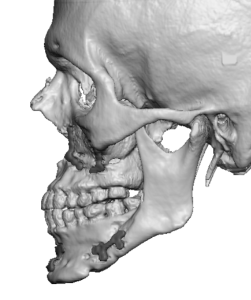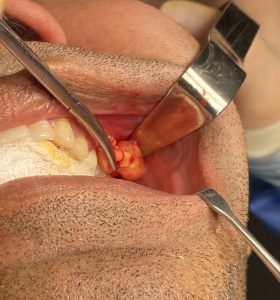The buccal lipectomy procedure, once viewed as an unadvised facial defatting procedure, has now become a popular facial reshaping surgery. Of all the areas of facial fat locations the buccal fat pad is unique amongst them. Unlike subcutaneous fat its function is to fill the deep tissue spaces between the masticatory and mimetic facial muscles, allowing them to contract without impinging on each other. It also has a cushioning effect for muscle contractions and external force impacts.
While often perceived as a large single fat collection anatomic dissections show that the buccal fat pad actually has three lobes, an anterior, intermediate and posterior lobes.The buccal extension, which is what is surgical removed, is derived from the posterior lobe. The volume of the buccal fat pad will change over a person’s lifetime and is affected by a variety of influences from diseases, weight gain and weight loss as well as regional surgeries.


What also makes it a bit harder to extract, particularly after double jaw surgery for sleep apnea, is that the buccal space is now more posterior than before. As the jaws have moved forward the buccal fat pad is now more posteriorly located. One had to go a little deeper to find it. Without knowing this one may think the buccal pad is not there.
Dr. Barry Eppley
World-Renowned Plastic Surgeon




